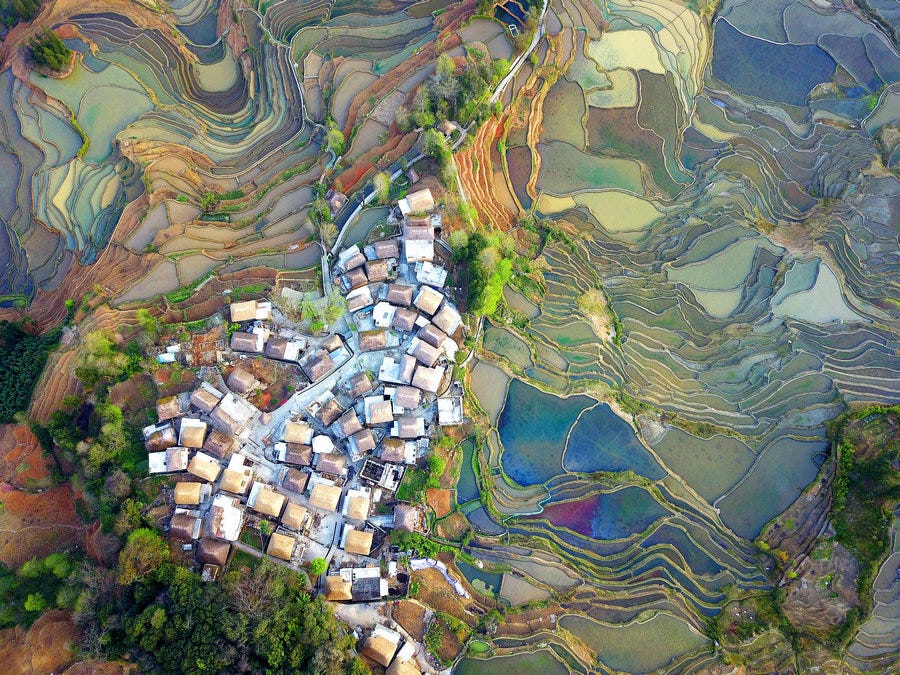Grassroots Governance and the Political Choices Behind Azheke Village’s Success
How Azheke Village in China's Hani Terraces used collective decision-making and cultural preservation to create a sustainable tourism model for the future.
High in the Mountains, a Village Finds Its Future
At dawn in Azheke, a remote village nestled deep within the UNESCO-listed Red River Hani Terraces of Yunnan, mist settles around ancient wooden houses, and the scent of woodsmoke drifts through the air. Villagers tend to their rice paddies, a way of life passed down through generations. But alongside longstanding tradition, something new is emerging—tourists, photographers, and cultural enthusiasts are arriving, drawn by the village’s landscapes and heritage.
Once on the brink of decline, Azheke has undergone a remarkable transformation. Now recognised by the United Nations as one of the world’s “Best Tourism Villages,” its success results from deliberate planning, resilience, and a steadfast commitment to maintaining cultural identity in modernisation.
Azheke’s journey to recognition began in 2013 when the Honghe Hani Rice Terraces, including Azheke, were designated a UNESCO World Heritage Site. This global recognition has brought international attention, with visitors flocking to the village between November and April to witness its terraced fields, traditional “mushroom cottages” (a local style of dwelling made of wood and thatch), and vibrant community life. In 2024, the village earned further acclaim, with the United Nations World Tourism Organization naming it one of the Best Tourism Villages for successfully integrating tourism with cultural and environmental preservation.
Reinventing Rural China—On Their Terms
For years, villages like Azheke have faced a pressing dilemma. As China’s rapid urbanisation pulled young people towards the cities, rural communities hollowed out, leaving behind ageing populations and economic stagnation. The government’s rural revitalisation policies, outlined in the annual “No. 1 Central Document”, sought to reverse this trend, channelling resources into the countryside. Yet many villages that embraced mass tourism ended up losing what made them unique in the first place. Azheke, however, took a different route.
Keep reading with a 7-day free trial
Subscribe to This Week in Rural China to keep reading this post and get 7 days of free access to the full post archives.



